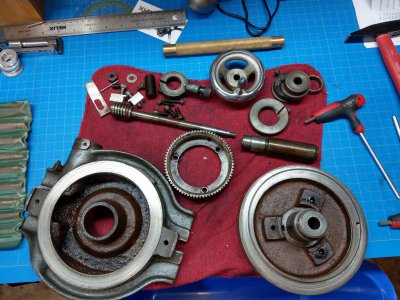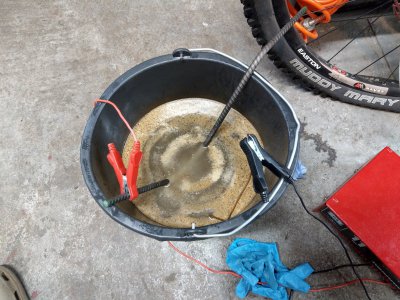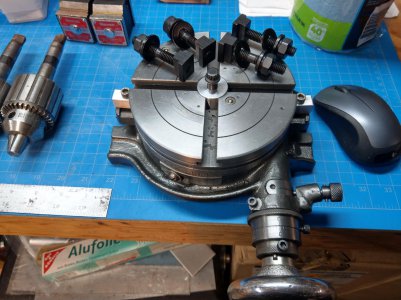- Joined
- Mar 31, 2015
- Messages
- 397
Quick search for electrolysis:

 www.hobby-machinist.com
www.hobby-machinist.com

 www.hobby-machinist.com
www.hobby-machinist.com

 www.hobby-machinist.com
www.hobby-machinist.com
But there doesn;t seem to be a difinitive how to with experience.....
Might be a worthwile effort?
couple more links:
this one reccomends a carbon rod! (never heard that. interesting)
 www.fordgarage.com
www.fordgarage.com

 www.instructables.com
www.instructables.com

Electrolysis - A Superior Cleaning Process.doc
Imported files from vBulletin files system.
 www.hobby-machinist.com
www.hobby-machinist.com

Electrolysis, and cast iron.
Electrolysis, and cast iron. I been trawling the net for weeks, and totally confused as to whether electrolysis will harm/damage cast iron. Has anyone tried it? if so what's your thoughts on it? Thanks
 www.hobby-machinist.com
www.hobby-machinist.com

Oiless Bearings & Electrolysis.. Oops
Just curious if anyone has experience with electrolytic rust removal and oilless bearings.. The backgears in my Logan 1875 headstock are pressed onto a Quill that has oilless bearings, without considering it.. I put the quill through an electrolysis bath with the gears that needed cleaning...
 www.hobby-machinist.com
www.hobby-machinist.com
But there doesn;t seem to be a difinitive how to with experience.....
Might be a worthwile effort?
couple more links:
this one reccomends a carbon rod! (never heard that. interesting)
Model A Ford Garage ~ Carbon Anode Electrolytic Rust Removal Method

Electrolytic Rust Removal Aka Magic
Electrolytic Rust Removal Aka Magic: This is a relatively simple, safe and cheap way to remove light or heavy rust from any ferrous object. I used this process to restore an old wood plane that I bought for $1 (it looked totally un-usable because of the rust). As opposed to grinding, h…
Last edited:




